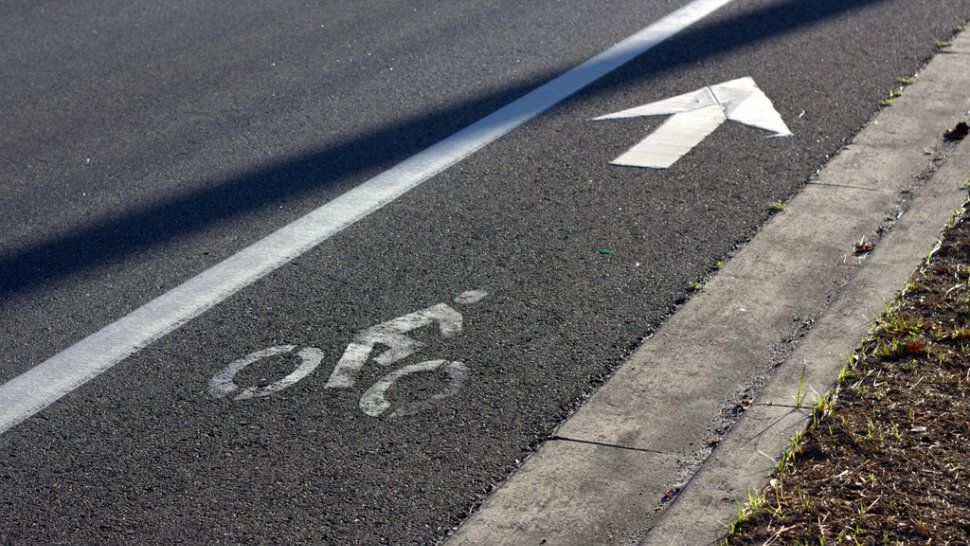CLEVELAND — Hundreds of bikers and pedestrians were hit by cars in Cleveland last year, according to a report released by the nonprofit Bike Cleveland.
The Crash Report for 2023 compiled data from the city's GIS System, which collects 911 calls, and the Ohio’s GCAT system, which records OH-1 reports. Those reports include details of an incident, such as how it occurred and who was involved.
The study does note that the 550 recorded are only a fraction of all the crashes that occurred in Cleveland last year, citing a study that shows "44-75% of pedestrian crashes and 7-46% percent of bicyclist crashes may be missing from police-reported crash data."
Of the 550, the report found:
- 133 were bicyclists
- 382 were pedestrians
- 13 were wheelchair users
- 22 were on scooters
- 39 were kids using bicycles
- 40 were kids walking
- Nine ended up being fatal
The report also issued a slew of short-term and long-term recommendations for the city to cut down on bike- and pedestrian-related crashes, including:
- Expand existed speed table program by installing at least 150 more tables in 2024
- Lower speed limits throughout the city and also work with the Ohio Department of Transportation to work on local speed limits
- Establish qualified crash response teams and work on developing means of reporting crashes through first-responder trainings
- Work with agencies to implement changes to the OH-1 report form to improve accuracy
- Connect with police officers to discuss bias, fault and importance of consistency with OH-1 crash reports
- Review speed limits on streets with 35 mph or higher, starting with the streets with the highest rate of fatal and serious injury crashes
- Identify safety risks by expanding data collection strategies
- Develop a system to report crashes without calling police or EMS to get accurate data collection
- Adopt modern engineering and road design practices
- Create a standard for maximum spacing between pedestrian crossings
- Create a list of safety enhancements that council could fund
- Identify safety improvements around active bus stops and station and improve operator training to eliminate bike and pedestrian crashes by working with the Greater Cleveland Regional Transit Authority
Additionally, the report also listed out crashes by ward. Ward 3 had the most, which includes Tremont, Ohio City and downtown.
View the full report below.



